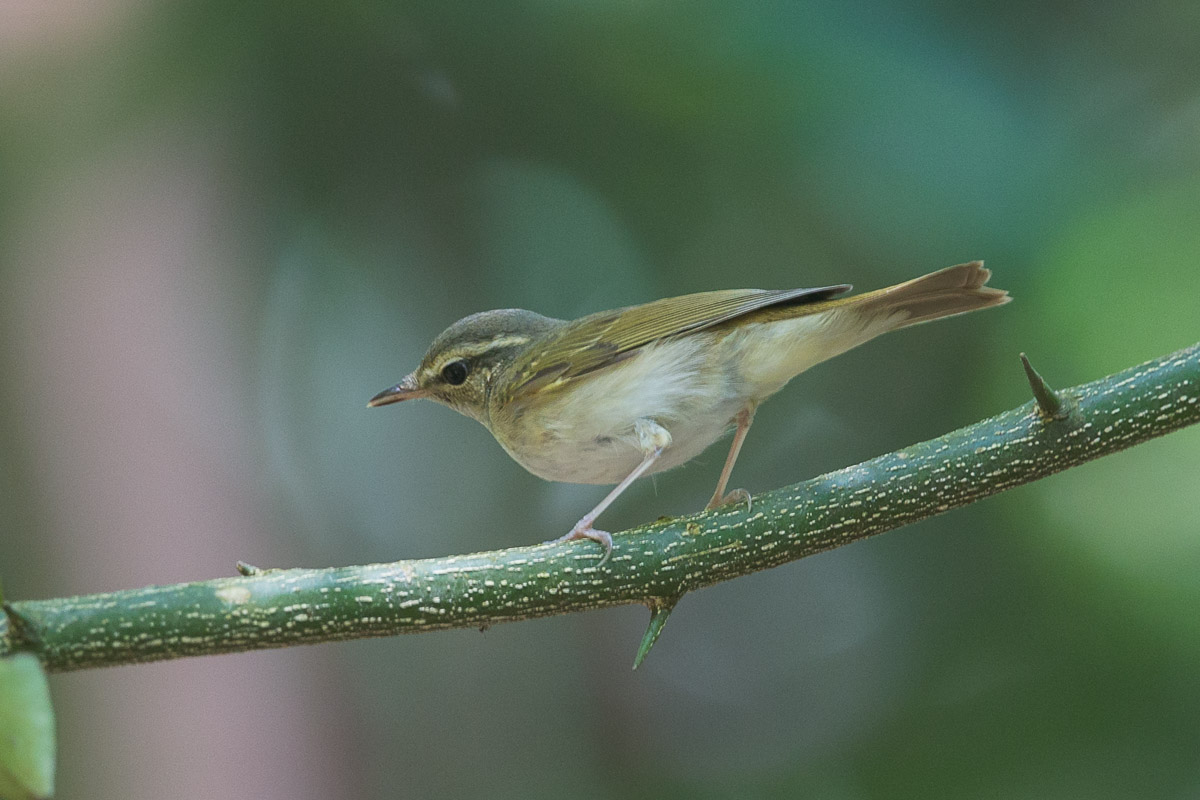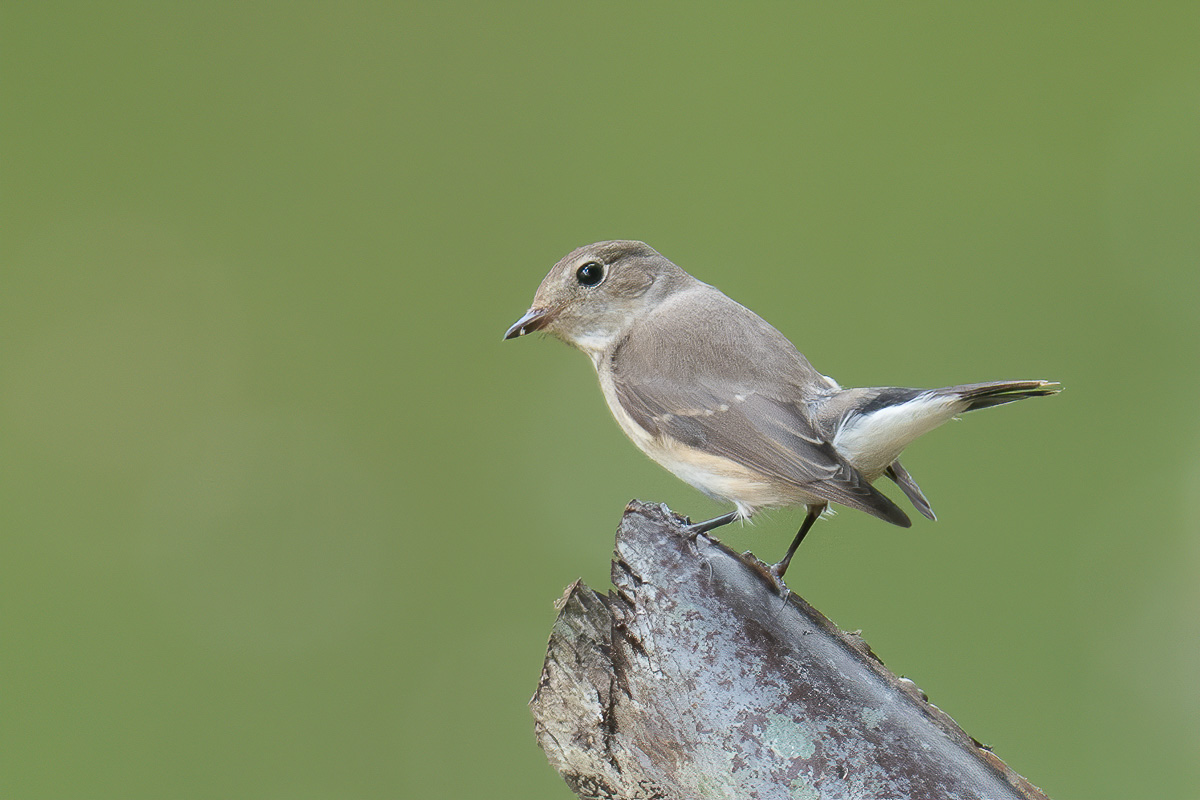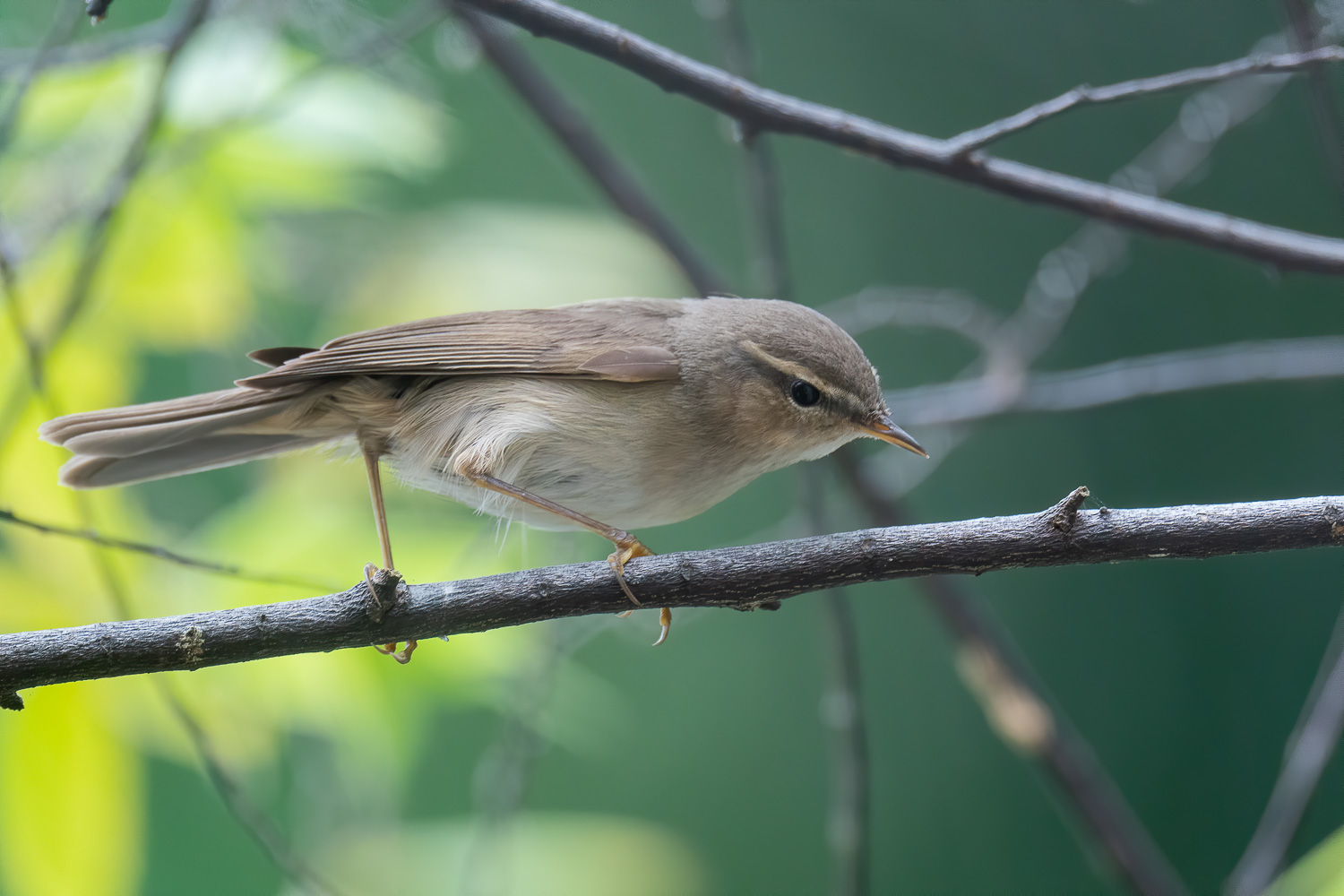By Raghav Narayanswamy
If you’ve come across our record submission page, you would have noticed a few sections at the bottom asking you to describe what you saw, your identification criteria, details of the bird’s behavior, and so on. Some might ask – what’s the point? Many of our birds are distinctive and can be identified from decent photos alone.
But as illustrated in our recent article, some are more difficult or even impossible, and care is needed to tell which species they are. And it doesn’t just apply to rare, difficult-to-identify species. Even the species pairs which aren’t perhaps the most difficult, like Black/Bar-tailed Godwits, for example, can be difficult to tell apart on distant photos, which is why although important, pictures are just one part of the identification process. Carefully analyzing a bird during an observation can provide helpful clues which might be just as important as your photos, so here are some tips to help you identify your next confusing little brown bird!
Note and record bird calls. Calls are always helpful in adding to the evidence provided by an image. In groups like the warblers, so distinctive are the calls that even without seeing the bird, simply recording the call can be sufficient to identify the species involved. Some species can’t be told apart by photos alone, but a call recording can seal the deal: Sakhalin and Pale-legged Leaf Warbler come to mind. And if you’re looking for a potential Singapore first, an unusual-sounding “Arctic” might just be a Kamchatka or Japanese Leaf Warbler instead. Phones and their built-in apps do a great job of recording calls these days, so you don’t need fancy equipment either!

Take note of behaviour. While never diagnostic on its own, noting an unusual behaviour could help you find a hidden rarity among more common birds, or support an identification. For example, Chinese Egrets tend to feed more rushedly than similar-looking Little Egrets. The distinct tail-flicking behaviour typical of Taiga Flycatchers is often the first thing that alerts the keen-eyed observer of their presence (but beware, other flycatchers can sometimes flick their tails too!). In a flock of birds, focusing more on the ones which behave unusually can be a good strategy to take. Even otherwise, spending more time noting birds and their typical behaviour isn’t just fun, it also might help you find a rare bird in the future!

Look out for critical moments. In the field, Pin-tailed and Swinhoe’s Snipes are only identifiable by the width of their outertail feathers. Black-tailed and Bar-tailed Godwits are easily told apart on even the most distant of photos with a clear view of their tails. These critical moments are the best time to get a quick glimpse or photo of the essential identification features; in the case of the snipes, a photo would definitely be needed, but for godwits and others, even a split second view might be enough to notice the key feature.

Habitat. When asking for a bird ID, it’s always important to provide the date and location. Providing the location gives others an idea of what kinds of birds to consider, and sometimes even similar-looking species can have quite different habitat preferences. The Dusky Warbler, for example, is usually found in more open habitats – and often near water – compared to the other leaf warblers like the Arctic and Eastern Crowned, both of which you wouldn’t normally find in a reedbed. At the risk of sounding like a broken record, I have to reiterate – birds can turn up in odd places sometimes, so habitat can’t always rule out a species.

Bird identification can be complicated and involves a lot of layers, but hopefully, armed with a keen eye for these clues, you’ll be well on your way to identifying most of your birds. There’s always helpful groups like Bird Sightings to help you with that, and we’ve shared tips for making the most out of these platforms. But in general, the more information you can provide, the better!
Happy birding!

